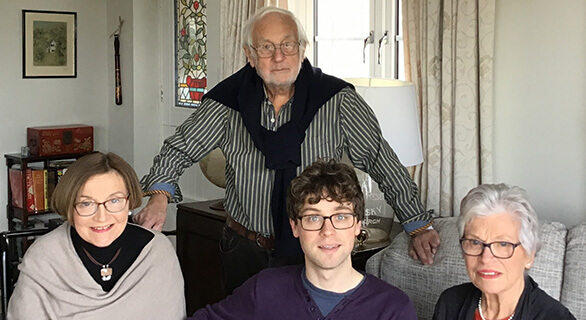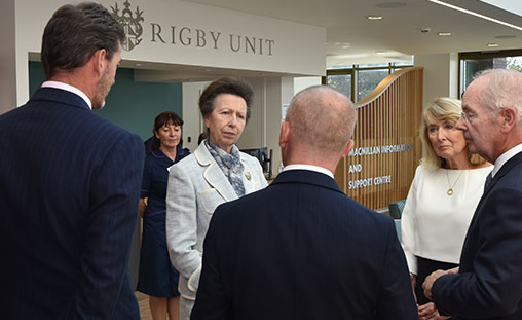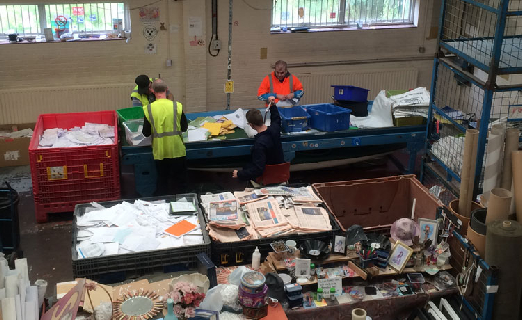WOSM
Grant enables Warwick University breakthrough with potential to understand cancers
A locally-based charity dedicated to helping cure sickness and diseases has funded pioneering work into an innovative microscope which allows scientists to observe how cells operate.
The discovery – which is claimed to be better and cheaper than other microscopes – is being made available to the scientific community on an ‘open source’ basis, meaning there is no charge for the intellectual property, and scientists around the world can make use of the technology to build a microscope for their own work.
The trust donation
WPH Charitable Trust has provided a total of £100,000 towards the work of Warwick Medical School’s Mechanochemical Cell Biology team, under the leadership of Professor Rob Cross (right, top), to support the Warwick Open Source Microscope (WOSM) project.
WOSM allows scientists to study the mechanical mechanism of how cells divide, which is important in medicine, to understand how cancers develop, and in plant biology, to understand how food plants evolve, for example.
Warwick Medical School has used the invention to study how individual molecules move around within cells, and so how cells can divide – an important key to understanding how cancers form and spread.
But the work on the microscope is expected to find a massive range of applications across many different scientific fields, as it allows researchers to examine what is happening at the nanoscopic scale. A nanometre is a millionth of a meter.
But the real breakthrough is that this can now be done on an optical microscope, rather than a massively more expensive electron microscope, by using many components already available relatively cheaply in the fields of optics and electronics.
The trick has been to develop an ultra-high super-resolution application using a highly stable platform and high-powered light sources (a variety of lasers) together with bespoke software and tailor-made electronic controls. Much of the technical development work has been conducted by Professor Cross’s colleague, Dr Nick Carter (right, bottom).
By making the discovery available on the web as ‘open source’, the various components of the machine can be printed out in plastic or resin format using 3-D printers, and assembled locally, keeping production costs relatively low.
Global breakthrough
To date, about six WOSM microscopes have been built at various laboratories around the World, ranging from Australia to the USA. A highly promising collaboration has also just been established with the Crick Institute, which is the new flagship institute for UK biology, named after the discoverer of DNA, which has just been built in London.
The first-ever WOSM developers conference has also just concluded in Warwick this month, attended by WOSM developers from across the World. They assembled to hear the latest news about WOSM development, and share their own progress and plans for the technology.
Future plans include enabling developers to build machines more cheaply, as well as considering how to make the technology available to a much wider potential user-group, including the education sector, possibly by reducing the level refinement.
‘This project would never have seen the light of day without the funding we received from WPH Charitable Trust’, said Professor Cross.
‘It is a tremendous, on-going success, which has been enabled entirely due to the generosity and far-sightedness of the WPH trustees’, he said.
Bob Grieve, one of the WPH trustees, said: ‘We were immediately attracted to this project both by its potential to advance medical knowledge, and by the fact that Warwick University is making it freely available to the global knowledge community, so allowing other researchers to use it for their own work. Who knows what exciting results may emerge in the years to come?’
















































































